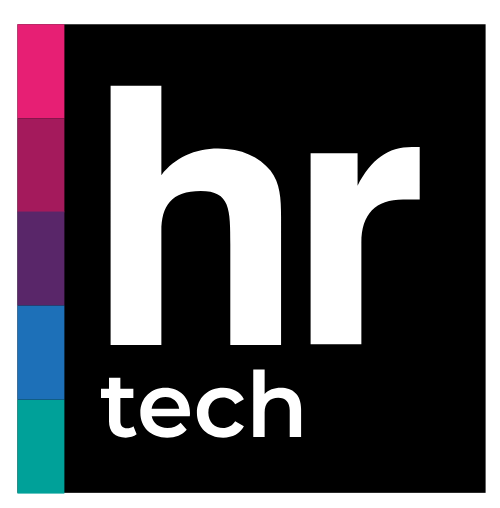News
How generative AI is rewriting the rules of the game in cybersecurity: weapon or shield?
)
Generative artificial intelligence is transforming the cybersecurity landscape. These innovative tools are being used both to develop advanced protection solutions and to power increasingly sophisticated cyber attacks. A recent report by Capgemini Research Institute reveals that 74% of technology organizations believe that generative AI is redefining the balance between defense and threat in the digital ecosystem.
Generative AI, based on models such as GPT-4 or DALL-E, has demonstrated an incredible ability to create text, images and code with impressive accuracy. These capabilities are two sides of the same coin:
-
Strengthening defense: Generative AI is being used to preemptively detect vulnerabilities, automate incident responses and create advanced simulations that improve preparedness for potential attacks.
-
New threats: Cybercriminals use these tools to generate complex malware, design customized phishing campaigns and create believable deepfakes that confuse even experts.
"Generative AI is a catalyst for both innovation and cybercrime. The key is how we use this technology to counter its inherent risks," says Kevin Mandia, CEO of Mandiant, a leading cybersecurity firm that works closely with global organizations to combat the most sophisticated risks in the digital landscape.
Generative AI in cyber defense
In cybersecurity, generative AI has become a crucial ally for enterprises. Its applications include:
-
Advanced pattern analysis: Algorithms analyze data in real time, identifying anomalous behavior that may indicate an imminent attack.
-
Patch and response automation: Enables faster and more efficient resolution of vulnerabilities and deployment of mitigation measures.
-
Creation of adaptive simulations: These tests help predict possible attack scenarios and improve overall preparedness.
Growing threats on the dark side
Malicious use of generative AI has also escalated. Among the main threats are:
-
Evolutionary phishing: The generation of highly convincing messages makes them difficult to detect by traditional tools.
-
Deepfakes for corporate fraud: Manipulated videos or audios have been used for fraudulent transfers or misinformation.
-
Adaptive malware: Malicious code that evolves rapidly, escaping detection systems.
A recent incident involved the use of deepfakes to mimic the voice of a CEO, authorizing fraudulent transactions that resulted in millions in losses. This example highlights how the advanced capabilities of generative AI can be exploited in real-world scenarios.
To mitigate the associated risks, it is essential to combine technological advancement with strong regulatory frameworks and cybersecurity education. Companies should prioritize training their employees in AI-based threat detection techniques and adopt "zero trust" models, which we discussed earlier.
In short, generative AI represents a transformative tool that is ushering in a new era in cybersecurity. Its impact can be both positive and negative, depending on how it is used. As noted by Andrew Ng, an artificial intelligence expert: "AI is neither inherently good nor bad; it is a powerful tool that we must learn to use responsibly." The challenge, therefore, is in our hands.

 Cloud & AI Infrastructure
Cloud & AI Infrastructure Cyber Security World
Cyber Security World Big Data & AI World
Big Data & AI World  Data Centre World
Data Centre World  Technology for Marketing
Technology for Marketing E-Show
E-Show HR Technologies
HR Technologies Learning Technologies
Learning Technologies)
)
)
)
)
)
)
)
)
)
)
)
)
)
)
)
)
)
)
)
)
)
)
)
)
)
)
)
)
)
)
)
)
)
)
)
)
)
)
)
)
)
)
)
)
)
)
)
)
)
)
)
)
)
)
)
)
)
)
)
)
)
)
)
)
)
)
)
)
)
)
)
)
)
)
)
)
)
)
)
)
)
)
)
)
)
)
)
)
)
)
)
)
)
)
)
)
)
)
)
)
)
)
)
)
)
)
)
)
)
)
)
)
)
)
)
)
)
)
)
)
)
)
)
)
)
)
)
)
)
)
)
)
)
)
)
)
)
)
)
)
)
)
)
)
)
)